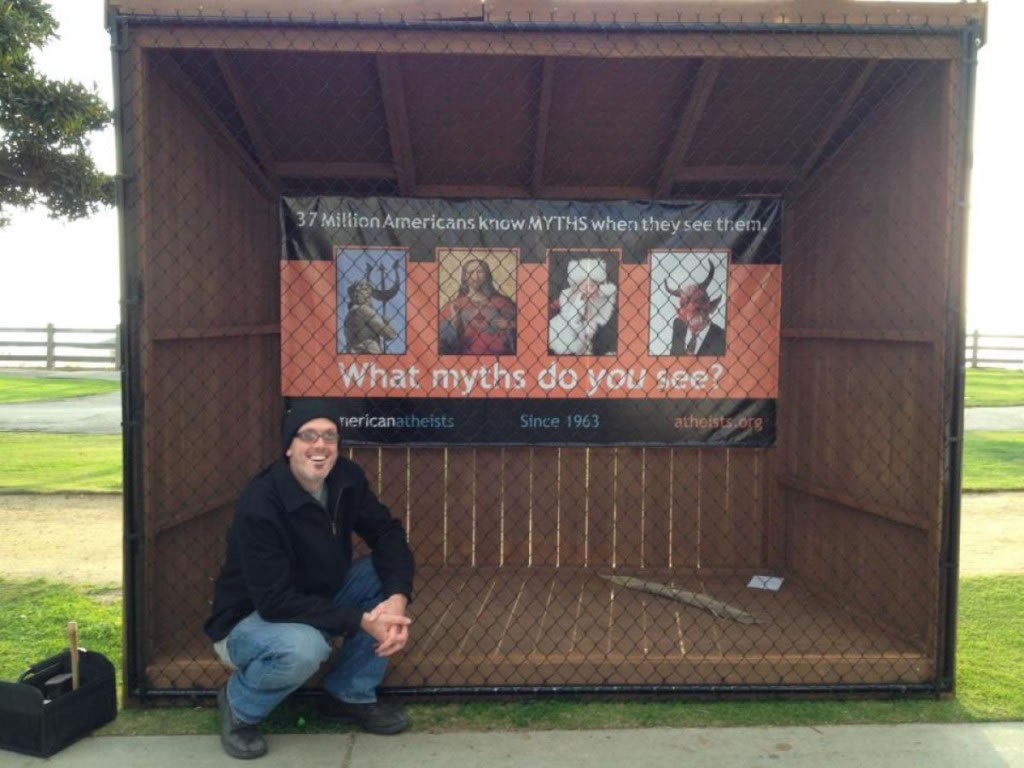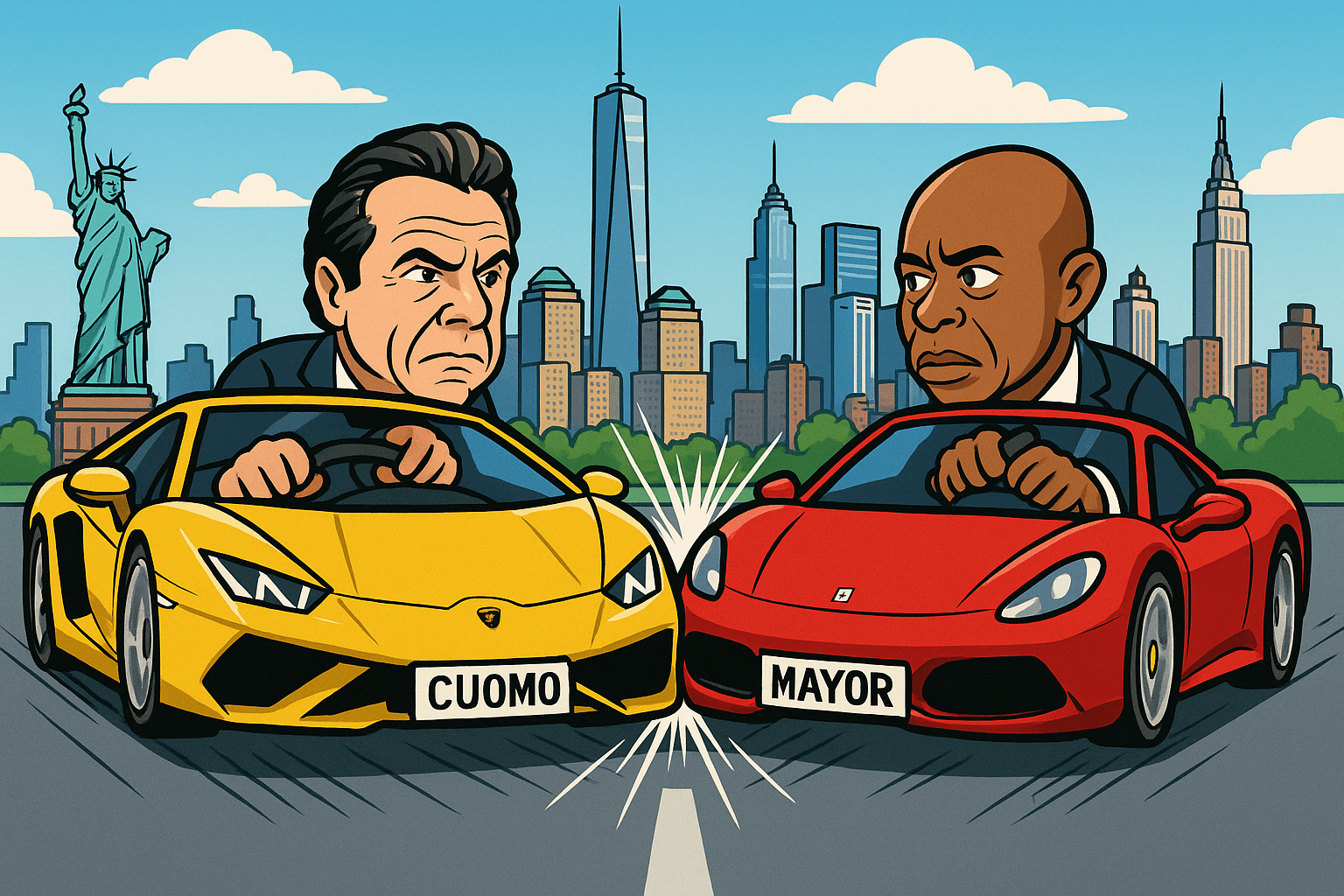Santa Monica Nativity Scene Ban Sparks Debate

On Tuesday, the city Santa Monica, California, ended an almost fifty year tradition of allowing nativity scenes along 14 pieces of public property overlooking the ocean. The ban occurs after eleven of the locations went to atheist organizations through their lottery system, while only two went to churches and one went to a synagogue this past December. The atheist spaces proceeded to post mock nativity scenes like the one below:
After the ban was announced, The Freedom From Religion leader Laurie Gaylord stated that, "They showed the Christian people of the city what it feels like to have a public park promoting views that offend your personal conscience. These views were on public property that were supposed to be owned equally by everyone."
Meanwhile, the Christian groups who oppose the ban believe that nativity scenes bring the community together and rather than banning all nativity scenes, they should make stricter guidelines on what should be allowed. However, the City Council stated that the stricter guidelines they requested could be viewed as discriminatory and therefore were not implemented.
So now, the question has been raised: What should public land be able to be used for? Should it be available to equally to all religious groups or merely those that are considered the popular majority?
Many argue that based upon the Constitution's First Amendment, public land should not be allowed for religious use at all. When the city of Santa Monica allowed this to occur almost fifty years ago, they continued a popular tradition of ignoring legal obligation to not endorse certain religious groups over others carried on by all levels of the American Government.
Others argue that the original Christian use of the property did not harm any one and could be ignored by citizens who did not agree with the message. They believe public property should be able to be used however the local government deems acceptable.
One thing is for certain: the debate over the separation of church and state involving public land will rage for years to come.



